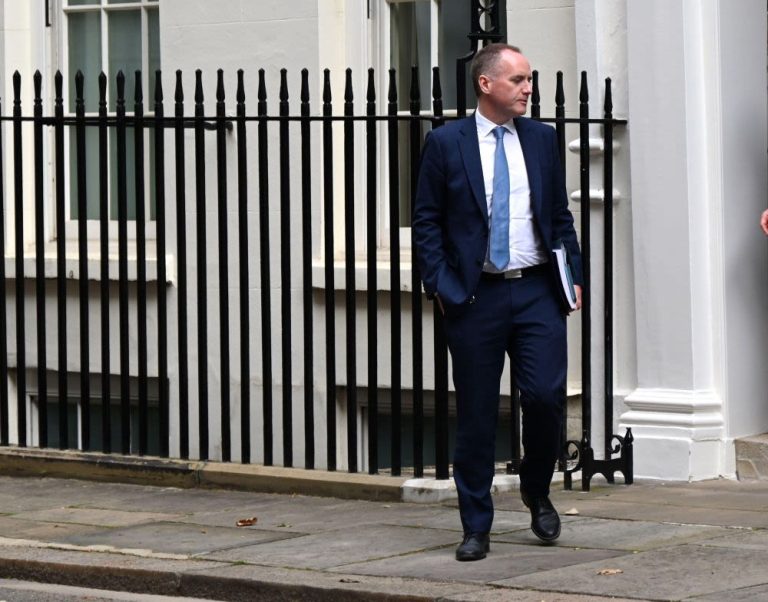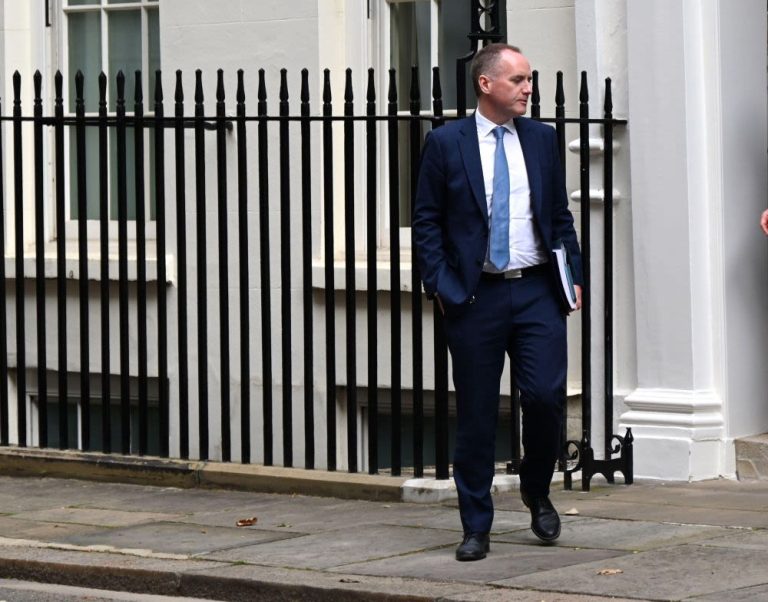Widespread disruption as power cut paralyses key Tube lines
This afternoon, Transport for London (TfL) confirmed a major power outage that brought several Underground services to a standstill. Commuters across the capital faced sudden suspensions on the Bakerloo and Waterloo & City lines, while partial service disruptions hit the Elizabeth and Jubilee lines. The Northern and Piccadilly lines also reported minor delays as TfL worked to restore normal operations.
Lines completely suspended and partial closures
- Bakerloo Line: Full suspension of service, with trains unable to run between all stations.
- Waterloo & City Line: Also fully halted, leaving Bank and Waterloo unlinked by rail.
- Elizabeth Line: Partial suspension, with some branches operating in isolated sections.
- Jubilee Line: Partial closures around central and west London stations.
- Northern & Piccadilly Lines: Minor delays reported due to network-wide signal issues.
- London Overground: Major delays on multiple routes, with at least two lines completely suspended.
Passengers found themselves stranded on platforms, and some reported being stuck in darkened tunnels until back-up power systems were activated.
National Grid fault blamed for outage
According to a TfL spokesperson, the root cause of the blackout was a “National Grid issue” in south-west London. The fault lasted “a matter of minutes” but triggered an automatic shutdown of the Underground’s electrical supply to safeguard signalling and trackside equipment. While these safety protocols are designed to prevent further incidents, the immediate result was an abrupt halt to train movements across multiple lines.
Impact on Paddington and Bank stations
Two of the busiest interchanges were hit hardest:
- Paddington Bakerloo entrance: Completely shut, with station staff unable to reopen turnstiles until power was restored.
- Bank Waterloo & City access: Station staff advised customers to exit via alternative lines or overground services.
Transport workers at these stations described how lights flickered off and electronic displays went blank, leaving customers puzzled and anxious.
Temporary website outage as travellers seek updates
In the immediate aftermath, TfL’s website briefly went offline under heavy traffic. Commuters flocked to the site in a bid to check service status, triggering loading errors and delays that compounded the confusion. TfL later confirmed the outage was due to a sudden spike in demand for live service updates rather than a technical failure within their own infrastructure.
Emergency measures and contingency plans
In response to the crisis, TfL enacted several contingency procedures:
- Deployment of additional staff to key stations to guide passengers and provide printed timetables.
- Extra bus services on major Tube corridors, particularly parallel routes to the suspended lines.
- Coordination with British Transport Police to ensure safe management of crowded platforms.
- Activation of station PA announcements and text alerts for service updates.
These measures aimed to maintain a degree of passenger flow until engineers could safely re-energise the tracks and signals.
Challenges of power resilience in ageing infrastructure
London’s Underground network is one of the oldest in the world, with sections still running on trackbeds laid in the 19th century. While modern safety systems allow for rapid shutdowns, maintaining continuous power amid the city’s growing demand remains a constant challenge. The network relies on electricity for:
- Signal operations and train control systems
- Ventilation and emergency lighting
- Ticket barriers and passenger information displays
- Communication networks between stations and control rooms
Any interruption to this supply can ripple across the entire system, underscoring the importance of grid reliability and secondary power sources.
Possible repercussions for evening rush hour
With many Londoners relying on the Tube for their commute home, even a short outage can lead to extended delays well into the evening. Key concerns include:
- Capacity strain: Alternative lines and bus services may become overcrowded as passengers divert from the suspended routes.
- Safety risks: Overcrowding on platforms and trains can increase the risk of accidents and make crowd control more difficult.
- Knock-on effects: Disruptions on one line often lead to increased load on interconnected services.
Commuters are advised to check the TfL network status on social media, follow real-time updates from Verified TfL sources, and plan alternative journeys where possible.
Operators’ efforts to restore normal service
Engineers worked through the afternoon to locate the precise fault on the National Grid supply line. Once identified, they coordinated with grid operators and TfL electricians to reapply power in staged sections:
- Reinstatement of traction power for trains on the District and Metropolitan lines first.
- Activation of signal power blocks in central London corridors.
- Gradual restoration of lighting and escalator systems across affected stations.
By evening, TfL aimed to have all lines running at reduced frequency, ramping up to full service as checks confirmed system stability.




